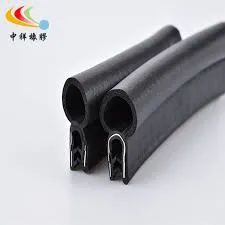E127, or Erythrosine, illustrates the complex interplay between aesthetics, safety, and consumer awareness in the food industry. While it serves a functional purpose in enhancing the visual appeal of various products, its synthetic nature has led to scrutiny regarding potential health implications. As the market shifts towards more natural and less synthetic additives, it remains essential for consumers to stay informed about the ingredients in their food and to advocate for transparency and safety in food production. Each individual can contribute by making conscious choices about the foods they consume, thereby influencing manufacturers to prioritize safer and more holistic ingredient practices. In this ever-evolving landscape of food science, understanding additives like E127 is just the beginning of a broader conversation about health, safety, and sustainability in our diets.
 Home
Home














